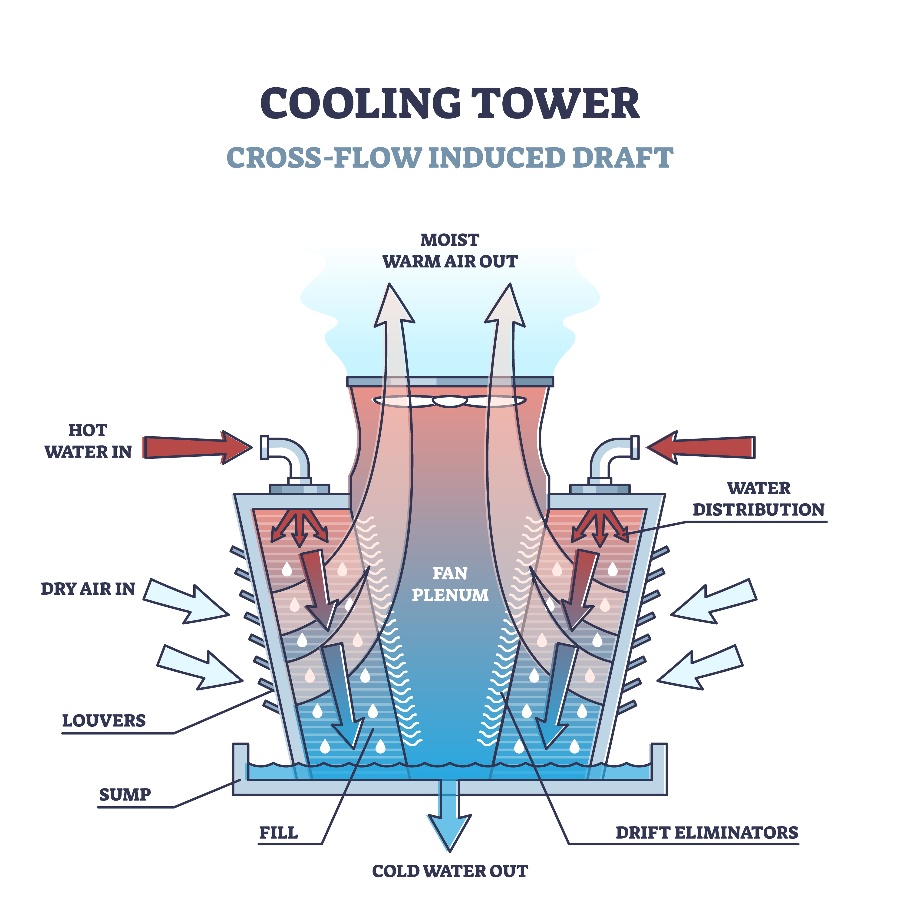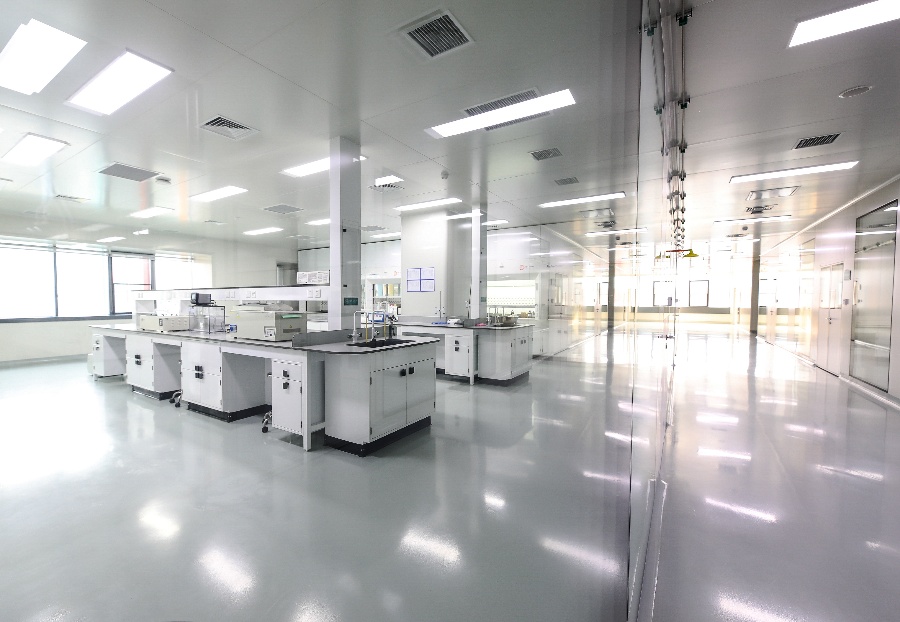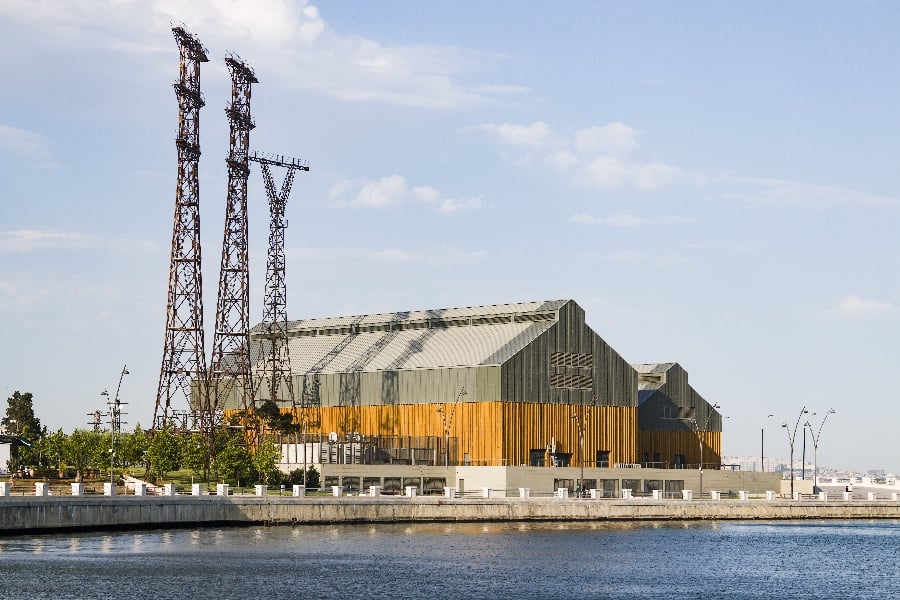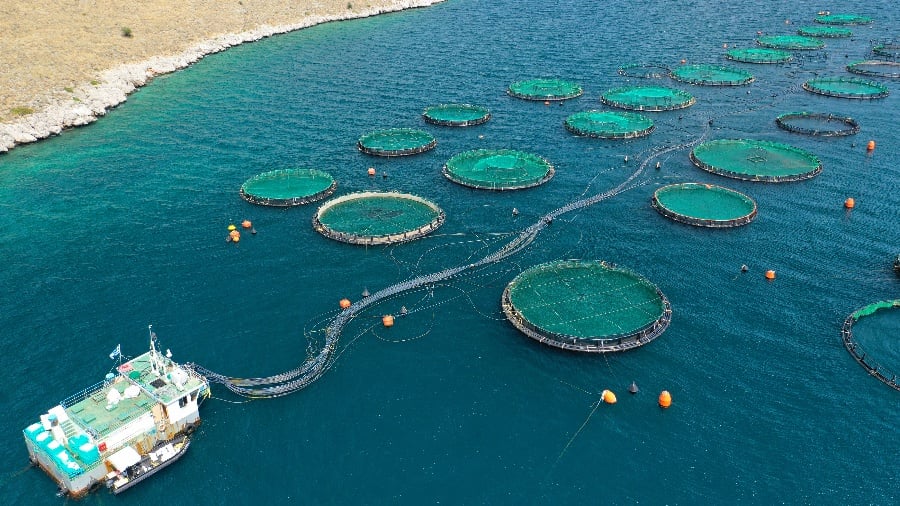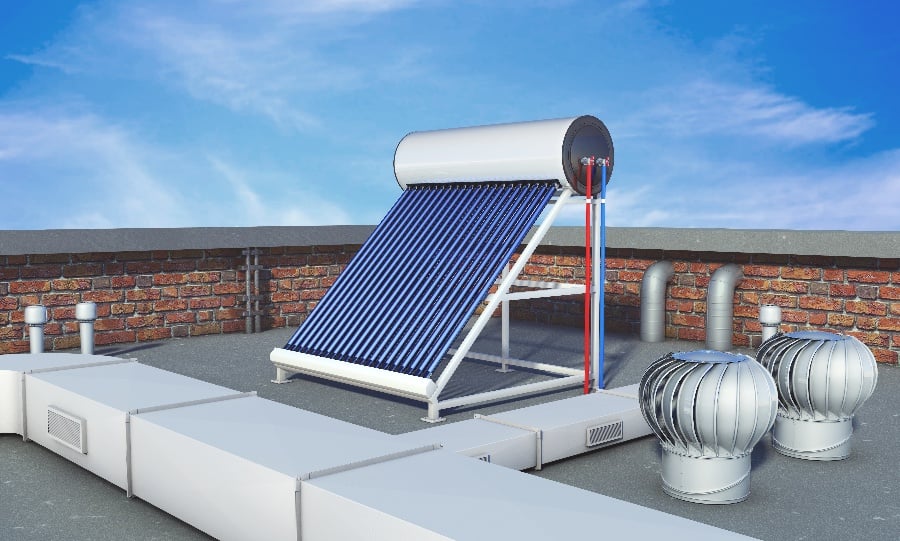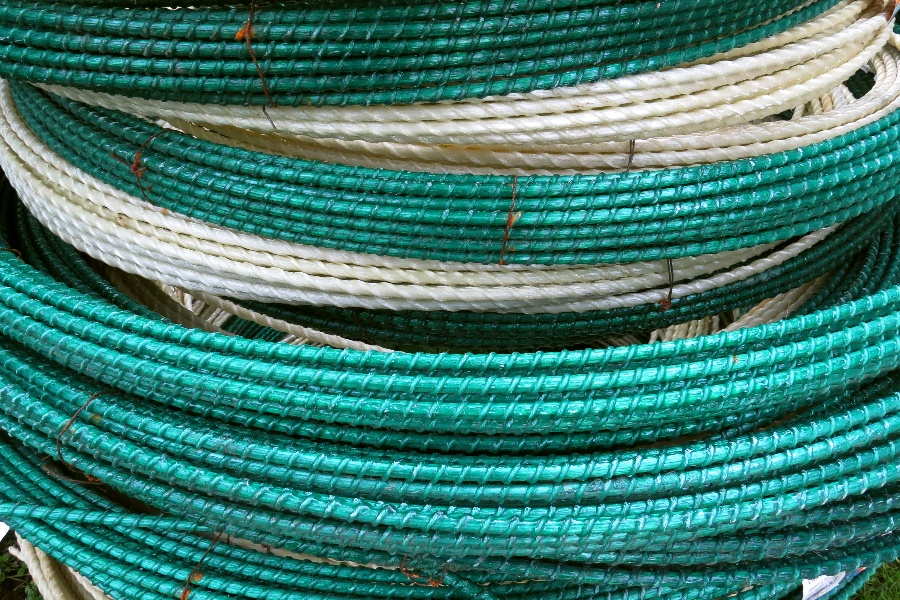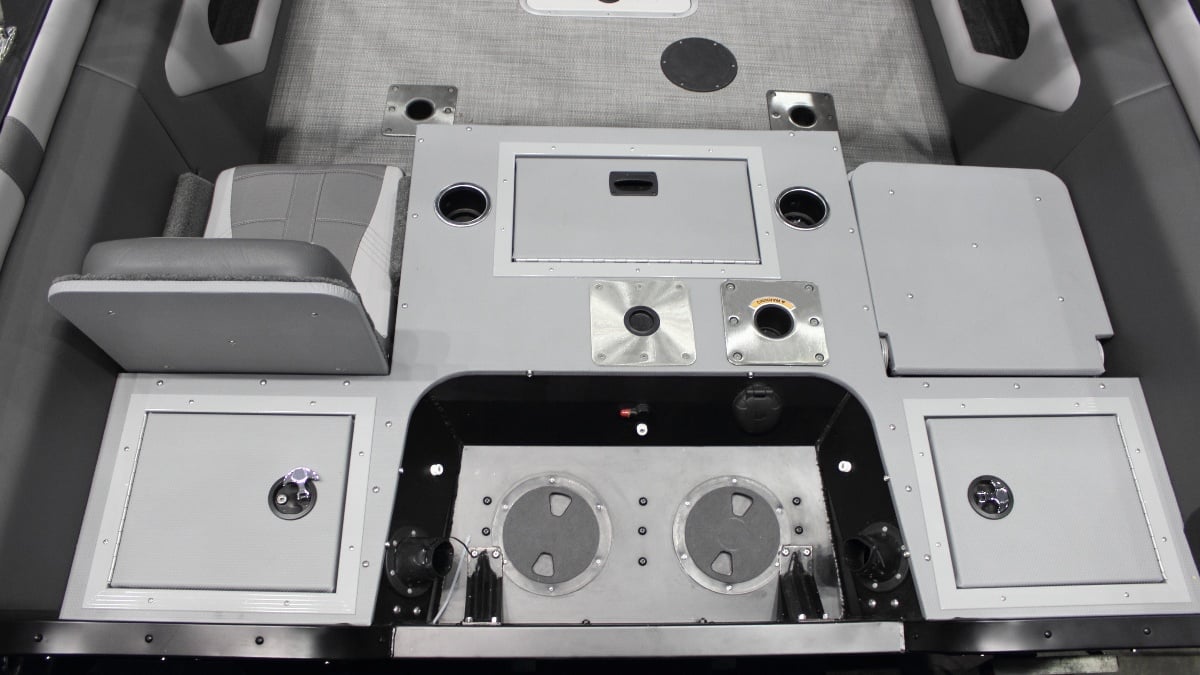
Lightweighting has become a key strategy in modern manufacturing, driven by the growing demand for energy-efficient, high-performance, and environmentally friendly products. Industries as diverse as automotive, aerospace, consumer goods, and construction are turning to innovative lightweighting techniques to optimize product performance, reduce material usage, and improve the sustainability of their offerings.
In this article, we will explore the latest advancements in lightweighting technologies, highlighting how they not only enhance product performance and efficiency, but also contribute to cost savings and reduced environmental impact. By delving into the intricacies of these techniques, we aim to provide manufacturers and design engineers with valuable insights to help navigate the rapidly evolving landscape of lightweight materials and processes.
Manufacturing Techniques for Lightweighting
A wide range of manufacturing techniques can be employed to achieve lightweighting in various applications. The primary goal is to reduce weight while maintaining or even enhancing the mechanical properties, durability, and functionality of the product. The following sections discuss some of the most prevalent manufacturing techniques used for lightweighting.
Additive Manufacturing (3D Printing)
Additive manufacturing, commonly known as 3D printing, is a process where material is added layer by layer to create a three-dimensional object from a digital model. This technique allows for intricate, lightweight structures that cannot be manufactured using conventional methods. Properties are limited by the material chosen.
Material Removal Processes
Material removal processes involve the removal of material from a workpiece to achieve the desired shape and weight. These techniques are often employed to create lightweight components with high precision:
Joining Techniques
Lightweight structures often require the joining of multiple components. The connection of two or more separate structure to form one necessary form by bonding, fusing, or fastening.
Design strategies for lightweighting
Topology optimization
Topology optimization has proven to be a key player in the lightweighting game. By using complex algorithms and computer simulations, engineers can redesign products and parts to reduce weight while maintaining strength and durability. Topology optimization takes into account a variety of factors such as load requirements, material properties, and manufacturing constraints to create optimal shapes and structures. This results in products that are not only lighter but also more efficient, cost-effective, and sustainable.
Generative design
Generative design is another cutting-edge technology that is revolutionizing lightweighting. By using machine learning and artificial intelligence, generative design allows designers to simply input their design goals and constraints, and let the software generate numerous iterations of possible design solutions. These designs often include intricate geometries, which maximize strength while minimizing weight. The result is often a more efficient product that performs better than traditional designs, and that is much lighter in weight.
Multi-material structures
The design of multi-material structures is a lightweighting technique that combines different materials in a single structure. This method allows manufacturers to leverage the properties of each material, ultimately enhancing the product's overall performance. Some common examples of this type of lightweighting include carbon fiber reinforced polymer and aluminum honeycomb structures. While multi-material structures are more complex than designing using a single material, they provide significant weight savings in high-performance products such as aircraft, automobiles, and sports equipment.
Bio-inspired design
Bio-inspired design is a technique that approaches product design from a biological perspective. This approach is inspired by natural systems and their evolution, such as bones and leaves, taking into account factors like strength, flexibility, and weight. By studying and understanding biological systems, designers can recreate similar lightweighting solutions in their products. For example, studying bird wings has led to better lightweighting solutions for aircraft wings. By taking inspiration from nature's design, manufacturers can improve their products' performance while achieving significant weight savings.
Fiberglass-reinforced plastic (FRP) as a lightweight material
Composition and properties of FRP
Fiberglass-reinforced plastic (FRP) is a composite material made by combining glass fibers, which provide strength and stiffness, with a polymer matrix, typically a thermoset resin, that binds the fibers together and imparts additional material properties. The unique combination of the two components results in a material with superior mechanical properties, such as high strength-to-weight ratio, corrosion resistance, and design flexibility.
Comparison of FRP with traditional materials
Steel
Although steel is known for its strength and durability, it is significantly heavier than FRP. FRP offers a higher strength-to-weight ratio, making it an ideal choice for applications where weight reduction is crucial. Additionally, FRP is resistant to corrosion, which gives it an advantage in environments where steel might degrade over time.
Aluminum
Aluminum is another commonly used lightweight material; however, it is more susceptible to fatigue and corrosion than FRP. FRP offers better long-term performance and durability in corrosive environments, such as marine applications or chemical processing facilities.
Traditional plastics
While traditional plastics are lightweight, they often lack the strength and rigidity required for many applications. FRP, with its glass fiber reinforcement, provides superior strength and stiffness compared to traditional plastics, making it suitable for more demanding applications.
Advantages of FRP
High strength-to-weight ratio
FRP materials have an impressive strength-to-weight ratio, which makes them ideal for applications where reducing weight is essential, such as automotive, aerospace, and renewable energy industries. This property allows for the creation of lightweight structures without compromising on strength and durability.
Corrosion resistance
FRP is highly resistant to various chemicals, moisture, and UV radiation, making it an ideal material for use in corrosive environments. This resistance can lead to lower maintenance costs and longer service life compared to traditional materials.
Design flexibility
The manufacturing process of FRP allows for the creation of complex shapes and structures, offering greater design freedom. This flexibility makes it possible to optimize components for specific applications, improving performance and reducing weight.
Improved thermal and electrical properties
FRP has low thermal conductivity, making it a suitable insulator for applications where thermal management is essential. Furthermore, its low electrical conductivity makes it an ideal material for applications requiring electrical insulation or protection from electromagnetic interference.
Cost-effectiveness
Although the initial material cost of FRP may be higher than some traditional materials, its superior properties can lead to long-term cost savings. Reduced maintenance, longer service life, and potential for lighter and more efficient designs make FRP a cost-effective choice for many applications.
Fiber-reinforced plastic offers numerous advantages as a lightweight material, making it an attractive option for a variety of industries. Its unique combination of high strength-to-weight ratio, corrosion resistance, design flexibility, and improved thermal and electrical properties allows it to outperform traditional materials in many applications.
Tencom is at the forefront of this transformation. With years of expertise and a commitment to innovation, Tencom has been instrumental in helping businesses optimize their products' performance through the adoption of lightweighting techniques and FRP materials. By partnering with Tencom, companies can not only reduce the weight of their products but also enhance their durability, longevity, and overall performance. Reach out to Tencom today to unlock the full potential of your products and tap into the limitless possibilities of lightweighting and fiberglass-reinforced plastic technologies.






